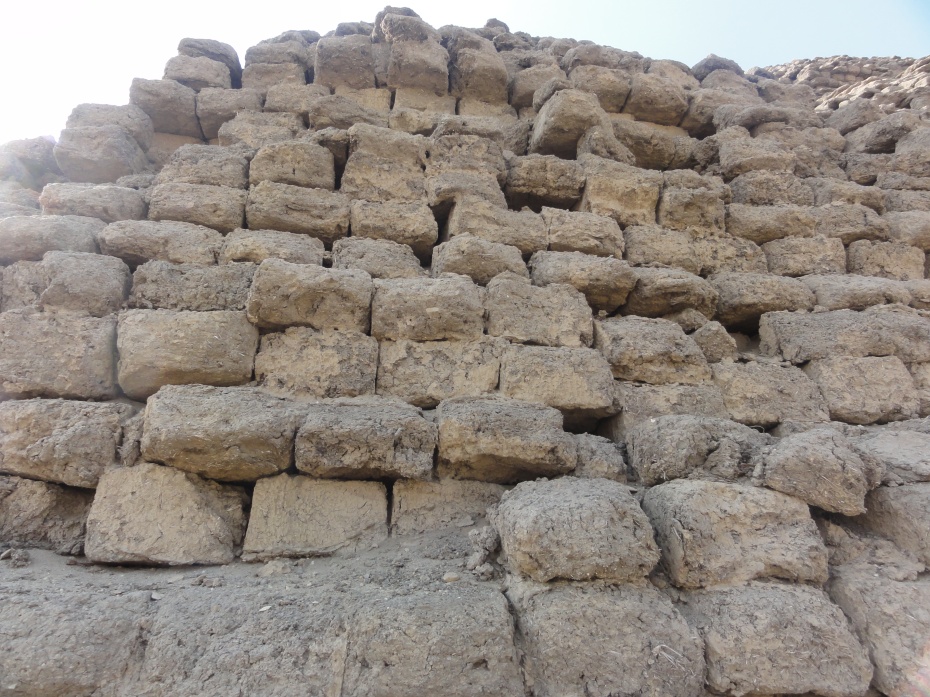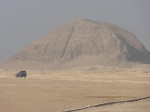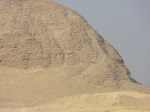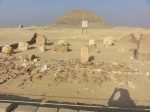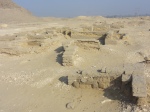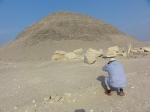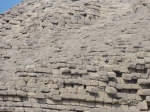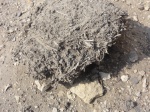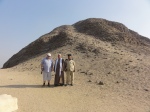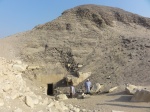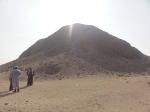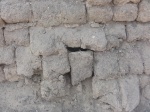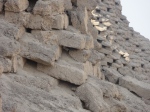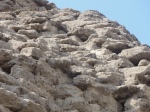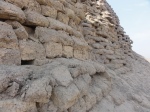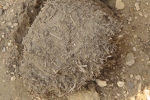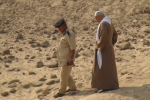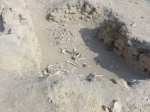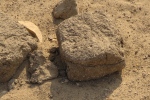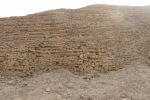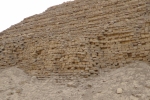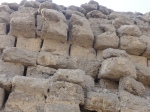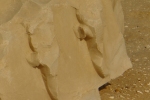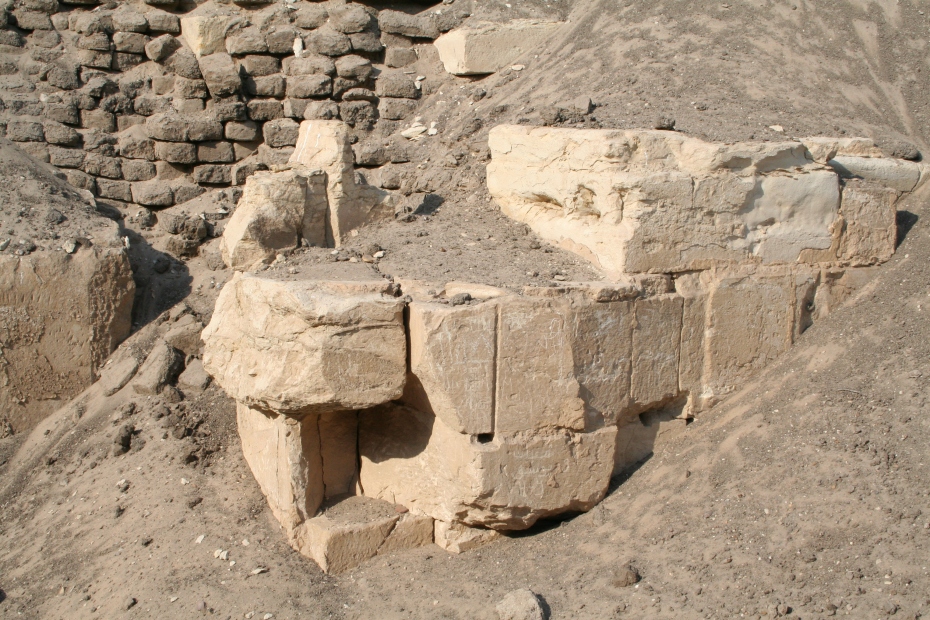The Pharaoh when Moses was Born
Moses/Amenemhet IV was 80 years old when he lead the Israelites out of Egypt in 1446BC. The Israelites were in Egypt for 430 years. Moses was born 80 years before the Exodus in 1526BC. The Israelites, therefore, had been in Egypt for 350 years when Moses was born. Joseph/Imhotep was long since dead and by the time of the Exodus the Israelites numbered around 2 million as there were over 600,000 men of fighting age.
The Israelites flourished and multiplied quickly when they first came to Egypt in the 3rd dynasty when Djoser (Netjerikhet) was pharaoh. They had the blessing of the Pharaoh and they enjoyed the protection of the vizier Joseph/Imhotep while he was alive. They lived in Goshen, the most fertile part of Egypt.
At the end of the 6th and 11th dynasty (which ran contemporaneously in different parts of the country), there was an uprising by Amenemhet I who was the vizier for Mentuhotep IV of the 11th dynasty. He assassinated Mentuhotep IV and became the first pharaoh of the 12th dynasty, eventually taking over all of upper and lower Egypt. Amenemhet I did not care or remember that the Israelites were related to Joseph/Imhotep who had saved Egypt from a seven year famine and made the pharaohs rich. This pharaoh (Amenemhet I) ruthlessly forced the Israelites to work the fields and make mud bricks for his public works. The 12th dynasty pyramids were composed largely of mud bricks which were then covered or faced with a limestone veneer. (Some of the inner rooms and passage ways were also made of limestone.)
The 12th dynasty spanned almost 200 years. Amenemhet III was the sixth pharaoh of this dynasty and he built two pyramids. He reigned for 46 years. He co-reigned with his father Sesostris III for as long as 20 years at the beginning of his reign. At the end of his reign, he co-reigned with his intended successor Amenemhet IV for 9 years but was succeeded by his daughter Sobeknefru because Amenemhet IV suddenly disappeared. Sobeknefru only lived for another 4-8 years and then the 12th dynasty ended and Egypt was thrown into turmoil. There was a rapid succession of pharaoh’s in the next dynasty and no pyramids were constructed during this time. Towards the end of the 13th dynasty, which lasted less than 40 years, there was a sudden exodus of slaves from Egypt. This occurred during the reign of Neferhotep. Kahun, for example, was a slave village that was occupied from the time of Sesostris II up until the time of Neferhotep, as evidenced by the scarabs that Flinders Petrie found in the town. Petrie also found evidence that the town was suddenly vacated.
Moses spent the first 40 years of his life growing up in Pharaoh’s household. The pharaoh’s daughter, being childless, adopted Moses (a Hebrew baby who she found hidden amongst the reeds of the Nile) and raised him as her own. She would have groomed Moses to be the next heir to the throne.
There was no change of pharaohs during Moses’s first 40 years. The pharaoh of the time would have reigned at least 40 years.
Moses lead the Israelites out of Egypt at the age of 80 years, 40 years after Moses went into Exile.
Egypt was devastated by the Exodus. With the loss of it’s slaves, Egypt was no longer able to construct pyramids. With the loss of it’s army, Egypt was no longer able to defend itself. Egypt was invaded by the Hyksos not long after the Exodus.
It is highly likely that Amenemhet III was the Pharaoh that was reigning when Moses was born. He reigned for 46 yrs and would have seen Moses reach the age of 40 years. Amenemhet III had a daughter (Sobeknefru) who was childless. Amenemhet III was the last of a long line of pharaohs in the 12th dynasty who needed a large slave labour force to construct the massive pyramids of the 12th dynasty that were composed chiefly of mud bricks reinforced with straw.
The Hebrews were numerous enough and living in Egypt long enough to have made the mud bricks for all of the 12th dynasty pyramids as well as the Labyrinth which was constructed out of mud bricks too.
The ancestry of Amenemhet IV is unknown. Amenemhet IV may well have been the child of a Hebrew slave. Sobeknefru may well have been the princess who found him and adopted him and raised him as her own to be the next pharaoh Amenemhet IV after her father Amenemhet III.
Amenemhet IV‘s tomb has never been found. If Amenemhet IV was Moses, Amenemhet IV would not have died in Egypt.
Amenemhet IV suddenly disappeared after co-reigning with Amenemhet III for 9 years. Amenemhet IV never got to reign alone.
The interval between the end of the reign of Amenemhet III and the end of the reign of the Exodus Pharaoh (Neferhotep) was about 40 years.
The pyramids of Amenemhet III were the last great pyramids to be built. The early pyramids of the 3rd to the 6th dynasty were build out of solid limestone but the later pyramids of the 12th dynasty were built out of mud bricks as there was not enough limestone. No major pyramids were built after the 12th dynasty because Egypt’s slaves had escaped!

